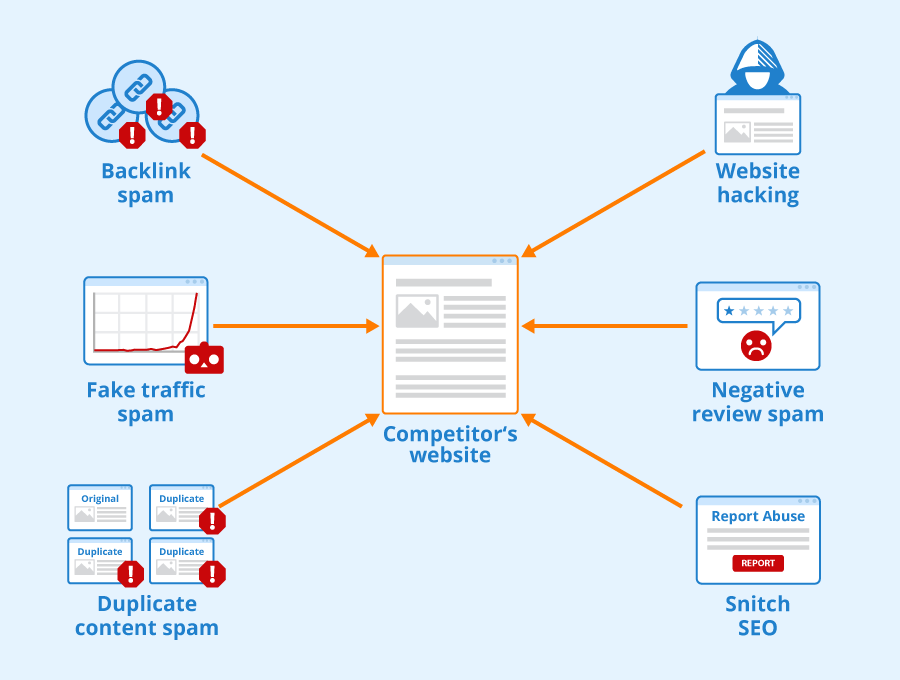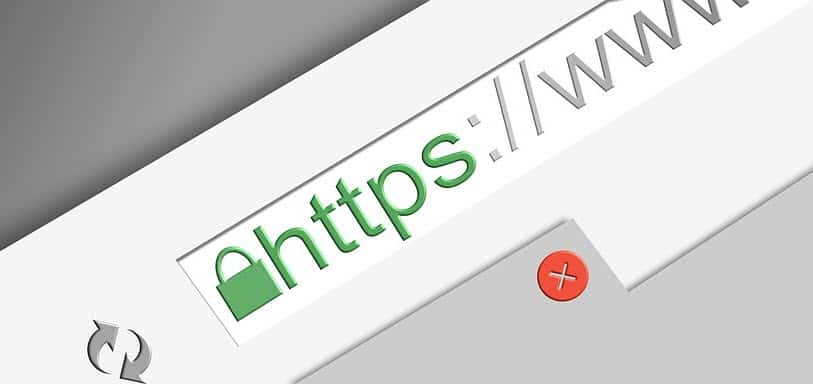Featured
- Get link
- Other Apps
How To Spot a Fake Website

SHARE THIS POST
Do you ever wonder if a website is real or fake? It’s not always easy to tell, but there are some key signs to look out for. In this blog post, we’ll share tips on how to spot a fake website so you can browse the web safely.
Check the Website Address
Checking the website address is one of the most important steps when it comes to spotting a fake website. There may be subtle differences between the real website and a fake one that can be identified by carefully looking at the URL. Fake websites may use a variation of the official domain name, for example, misspelling it or adding a hyphen. It’s also important to look out for unusual domain extensions as these may indicate a fake website. If you’re unsure, you can use tools such as Comodo’s SiteInspector to check if the website is safe. It’s also a good idea to double-check the URL to make sure that it hasn’t been misspelled or modified in any way.
Check the Website Content
The next step in spotting a fake website is to check the content of the website. It is important to take a close look at the text on the website and make sure it looks legitimate. If there are any typos or spelling mistakes, it may be a sign that the website is not legitimate. Additionally, check for any suspicious content such as pictures or videos that do not look legitimate. Finally, look for any strange language use or grammar mistakes, as these are red flags that point towards a fake website.
Look for Security Certificates
When it comes to spotting a fake website, one of the most important things to look for is a security certificate. A security certificate is a digital document that verifies the identity of the website and ensures that all data transferred between the user and the website is encrypted. These certificates are issued by third-party authorities such as Symantec, GeoTrust, and Thawte. Make sure to look for these certifications on any website you visit. If you can’t find the certification, it’s best to avoid the website altogether.
Identify Unusual Language Use
As part of your routine checks when trying to determine whether a website is legitimate or not, be sure to pay attention to the language it is written in. Language can be a great indicator of a website’s trustworthiness. If the website is written in a language other than the one it claims to be in, then it could be an indication that the website is not genuine. Additionally, if the language appears to be incorrect or ungrammatical, this could also be a sign of a fake website. Be sure to take the time to read through any website thoroughly and look out for any unusual language use.
Be Wary of Pop-Ups and Ads
Another red flag to look out for is pop-ups and ads. Fake websites are notorious for bombarding visitors with multiple pop-up ads, which can be intrusive and annoying. These ads are often used to lure unsuspecting victims into clicking malicious links or providing sensitive information. Therefore, it is important to be aware of these pop-ups and avoid clicking on any suspicious links. Additionally, if a website contains too many ads, it could be an indication of a fake website.
Conclusion
In conclusion, the best way to spot a fake website is to stay vigilant and take the time to look out for warning signs. When in doubt, it’s always best to double-check the website’s address and content. Also, make sure to look for security certificates and be wary of any unusual language use. Finally, if you encounter any pop-ups or ads, be sure to do your research before clicking on anything. By following these steps, you can ensure that you only access legitimate websites.
- Get link
- Other Apps
Popular Posts
How to Unblock Crunchyroll with a VPN
- Get link
- Other Apps



Comments
Post a Comment